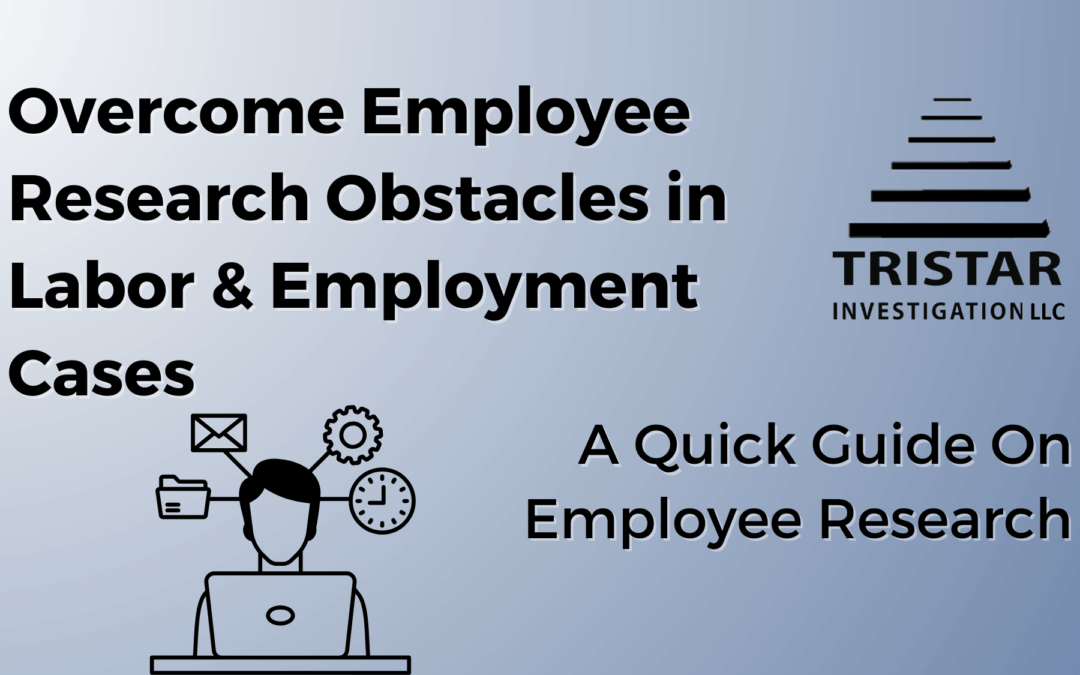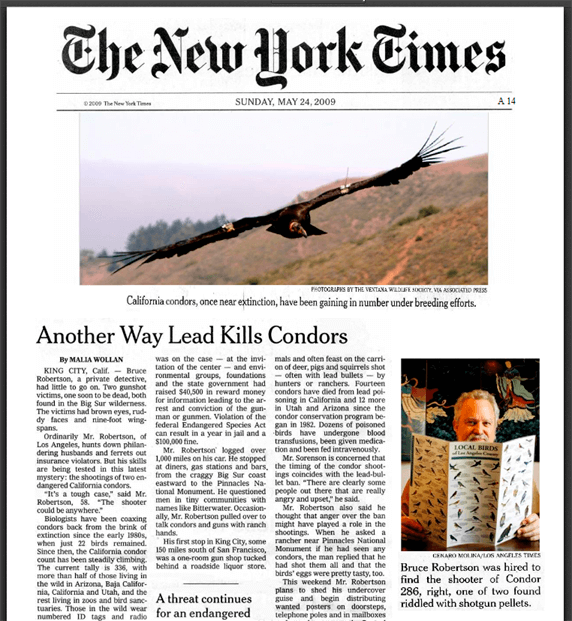Quick Guide for California Law Firms
California labor & employment litigation requires a robust set of research skills. One significant challenge is the ability to thoroughly research and understand the defendant’s business and the scope of their workforce. Inadequate employee research can cause you to miss opportunities and weaken your case. Lack of employee workforce data ends up being costly in the long run.
When you encounter these scenarios in your case, consider beefing up your research capabilities (we wrote a guide on the subject) – or outsourcing to a team that specializes in it.
Identify Additional Employees or Consumers
THE PROBLEM
Do you need to identify additional employees or consumers of the defendant’s business? Perhaps you have an upcoming hearing or trial and need to bolster your case.
When your back is against the wall on deadlines, and you need to strengthen your case with more witness declarations, you’ll need to find more employees or consumers rapidly.
This need is more urgent when your class member list (i.e., Belaire) is incomplete, outdated, or, for some reason, non-existent.
The Solution
1) Are you making the best use of your class member list? Is your outreach and communication focused and appealing?
2) Are you running ads on social media sites like Facebook targeting the locale and industry?
3) Expand your research breadth by searching for coworkers or associates in people search type paid databases
See our quick guide: Accelerate Employee & Witness Outreach.
Find Multiple Defendants, Locations, or Branches
The Problem
Does your defendant have multiple locations, branches, or divisions not covered by disclosure of potential class members in your current case?
Many mid to large-sized employers have multiple locations, branches, and subsidiaries. Often, they will try to exclude these other entities from their class list disclosure.
The Solution
Once you have exhausted the basics, like determining the entity & identifying the owners, you’ll need to dig into company websites and other online business research.
Running fresh database searches on the defendant’s current or previous trade names and Fictitious Business Names (FBNs) will typically reveal additional branches. A Google “site:defendantwebsite.com” search combined with physical and mailing addresses will provide more clues. Also, tools like The Wayback Machine will let you view older versions of websites when the defendant may have been less careful cloaking subsidiaries.
Defendants with Mediation Agreements
PAGA cases and class actions work based on an economy of scale. By getting everyone involved under one roof in a single lawsuit, costs decrease.
But what are your options when your defendant has required their employees to sign mediation agreements?
And what can you do to identify additional employee witnesses because of the lack of requirement to compel the employer to disclose potential class members?
The Problem
Mediation agreements, designed to bypass the courts and class-action lawsuits, have reshaped the employee rights legal landscape. Pursuing this type of case will require a more rigorous investigation and research strategy.
The most salient fact of mediation agreements is that instead of being in a court, mediations involve one-on-one interactions outside of courts, typically with a private mediator. Therefore, there’s no class certification and no other class members to be identified.
As a result, there’s no legal obligation to disclose with mediation agreements, as there’s no Belaire notice for discovery. Companies won’t need to inform you about other employees.
If law firms can find enough employees to bring individual cases, it will radically drive up the cost of one-on-one mediations. A class action lawsuit can become appealing to the defendant when it becomes too expensive for the employer.
A company will consider a class agreement only when the cost of individual mediations becomes too high. The tipping point is typically around 20-30 participants.
However, law firms may need to identify and approach over 100 employees to reach that threshold. Additionally, the timeline is short (a year) to pull this piece of the case together.
The Solution
Outsource your research. When hiring out part – or all – of your case research, ask these questions:
1) Is the researcher working solo, or does a team support them?
2) Does the researcher have access to multiple premium databases?
3) Are they familiar with all local, state, and federal privacy laws?
Hire Tristar Investigation for Your Employee Research
We’ve worked on thousands of employee research projects across California. In addition to bringing decades of hard-earned expertise, our research team’s speed & precision is unmatched. And since hiring out case research to Tristar Investigation qualifies as a standard recoverable cost, you can keep your case costs in check.
Bruce Robertson
Latest posts by Bruce Robertson (see all)
- Accelerate Employee & Witness Outreach - Oct 30, 2023
- Overcome Employee Research Obstacles in Labor & Employment Cases - Oct 25, 2023
- Advice on Conducting Defendant Research in California Litigation - Oct 11, 2023


